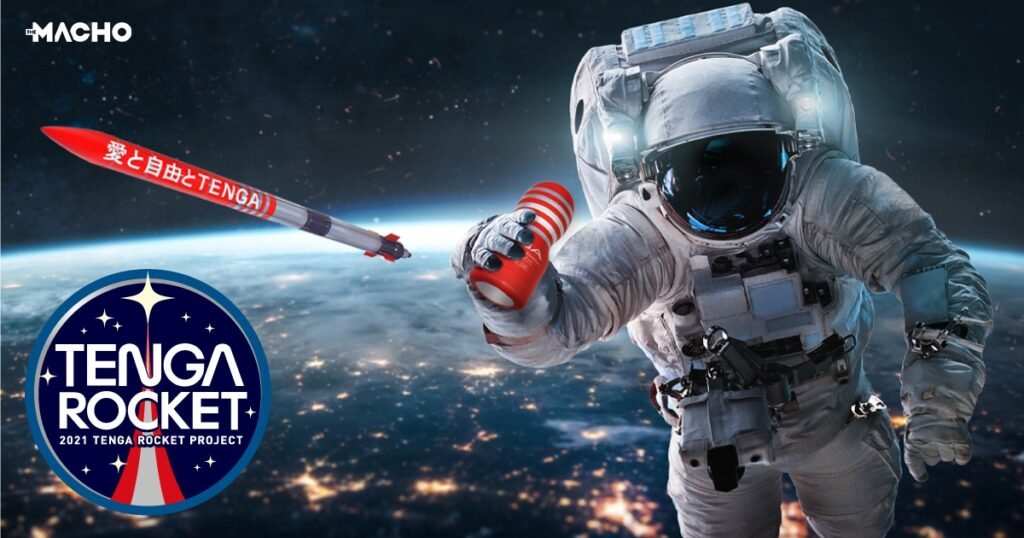Sex Toys in Space
Tenga, a Japanese sex toys company best known for its “Egg” male masturbation aids, has stated that it will launch a rocket into space, allowing it to carry out three planned missions in space.
The first mission would use a modified sex toy to carry 1,000 “messages of love and freedom” into orbit. The second will launch two mascots, Tenga Robo and Egg Dog, into space, where they will be recovered after returning to Earth.
The company’s third, and possibly most essential, mission will launch a “Orbit Tenga” into space to acquire data that will aid in the development of future space sex toys.
Apart from giving excellent exposure for Tenga, the upcoming launch also raises some critical considerations about sexual health in space. It comes at a time when more and more long space trips are being planned, with astronauts having very little human contact.

End to No Sex Era in space
When asked about cosmic coupling in 2011, NASA stated that no astronauts have ever had sex in space to their knowledge. However, the more pressing question is whether or not having intercourse in space is even possible.
Sex in space, according to John Millis, a physicist at Anderson University in Indiana, “would be a nightmare.” In microgravity, it would be impossible for two humans to stay in contact and not float apart, according to Millis. Furthermore, blood rises to a person’s head in microgravity rather than their genitals, making it difficult for both men and women to become aroused in space.
Nonetheless, with plans in the works for months-long space journeys, such as the first human mission to Mars, the importance of sexual health, which is inextricably linked to human health, cannot be overlooked by the world’s space agencies — who have conducted numerous studies on the effects of isolation in space.
Tenga Redefining Pleasure in Space
Tenga hopes to convey this message with its upcoming rocket mission. “Since its foundation on July 7th, 2005, Tenga’s purpose has been to redefine pleasure and sexuality, bringing it to the forefront for everyone to enjoy,” the firm says on its website.
“With this in mind, we’re looking to the skies for inspiration, and we’re using space as our platform to disseminate the word.”
Tenga’s mission will launch aboard a MOMO rocket developed by civilian spaceflight firm Interstellar Technologies, which was partially crowdfunded on the website Campfire for $1,833,680 ($16,640). (IST).
Tenga President Koichi Matsumoto remarked in an interview with IFL Science that “I want to take […] our first step into space-product development because sexuality and its needs are always a part of us. Perhaps one day, we’ll be able to design something that NASA and other space agencies will want to use in their missions.”

Depending on weather conditions, the launch is planned to take place in July or August from Hokkaido Spaceport. The MOMO rocket from IST is planned to launch payloads to the Kármán Line, which is 62 miles above sea level (100 kilometers).
Making space sexy
This isn’t the first time this month that sex and space have been linked — the form of Jeff Bezos’ Blue Origin’s New Shepard rocket, which made its first human launch on July 20, turned a lot of heads.
Others have attempted to address the issue of sex in space in the past. Vanna Bonta, for example, invented a velcro flight suit dubbed “2suit” in 2006 to enable people have sex in microgravity by fastening them together and preventing them from floating apart.
Tenga thinks that the information gathered from its launch would help it design a sex toy for space, maybe with a vacuum mechanism to remove lubrication and semen after usage. In our current era of remarkable space firsts, such a device would be the first masturbation aid created for space — a strange, but nevertheless significant achievement.
